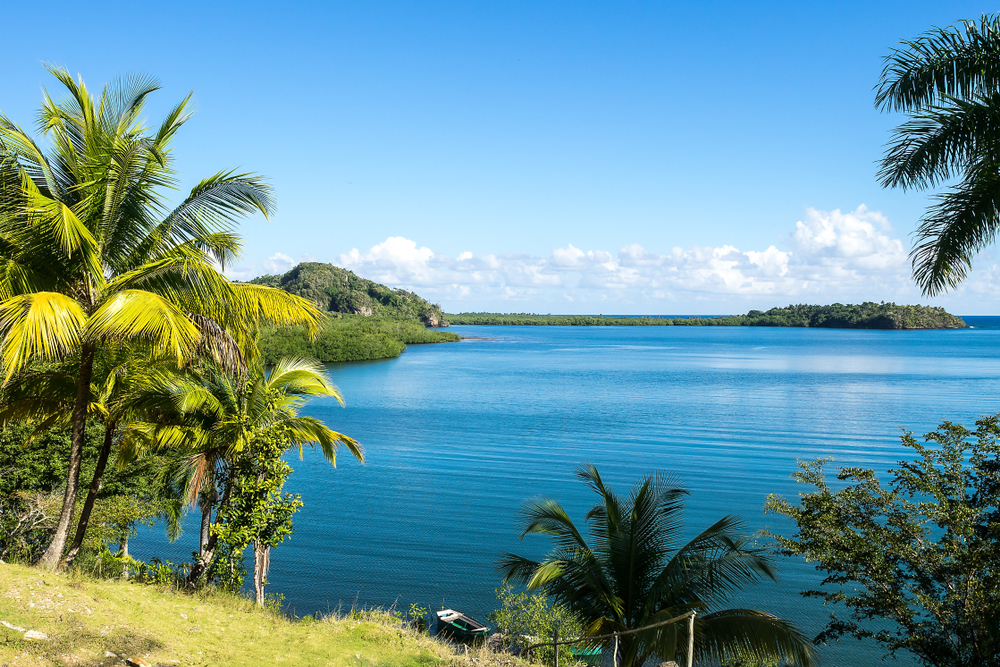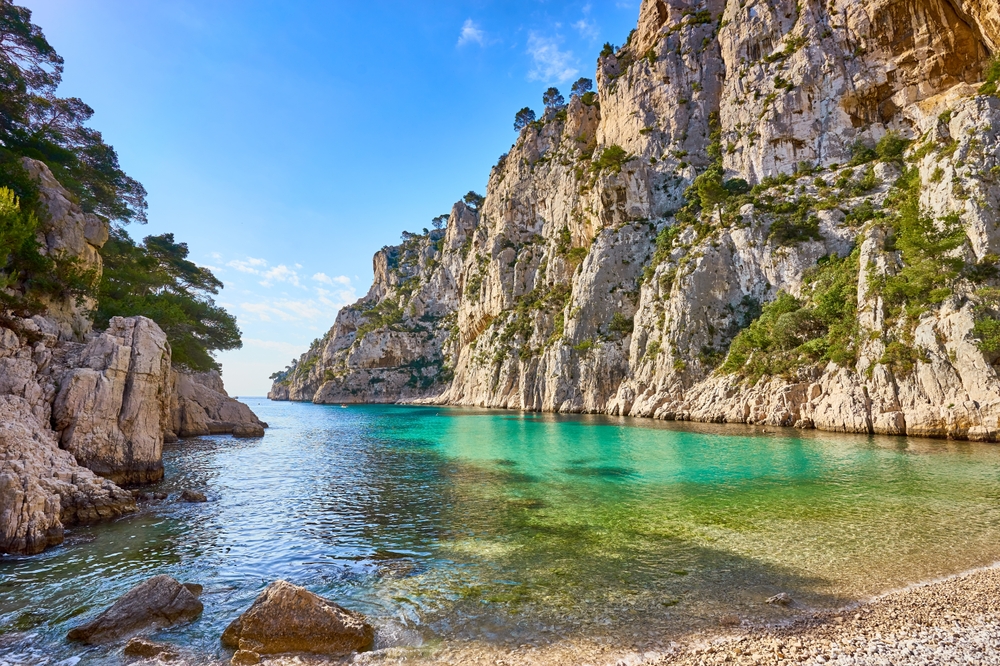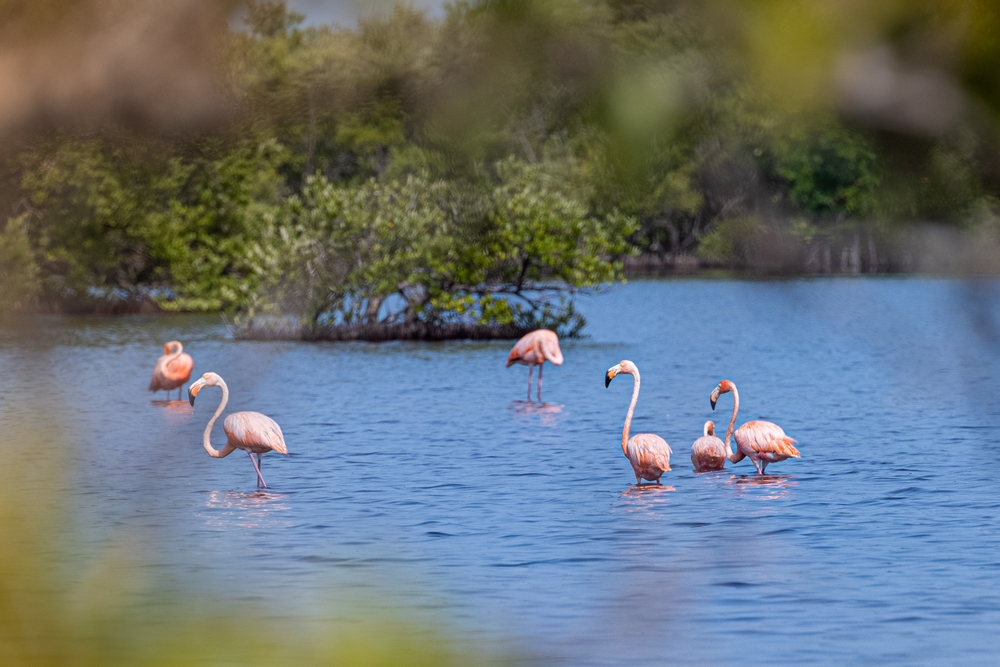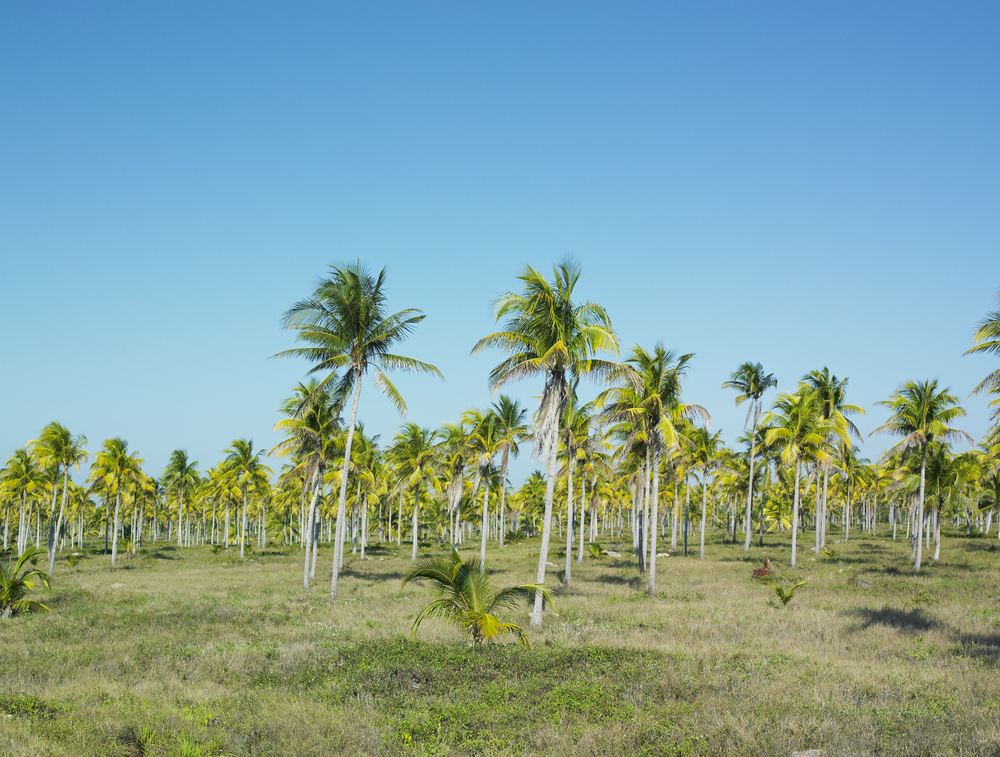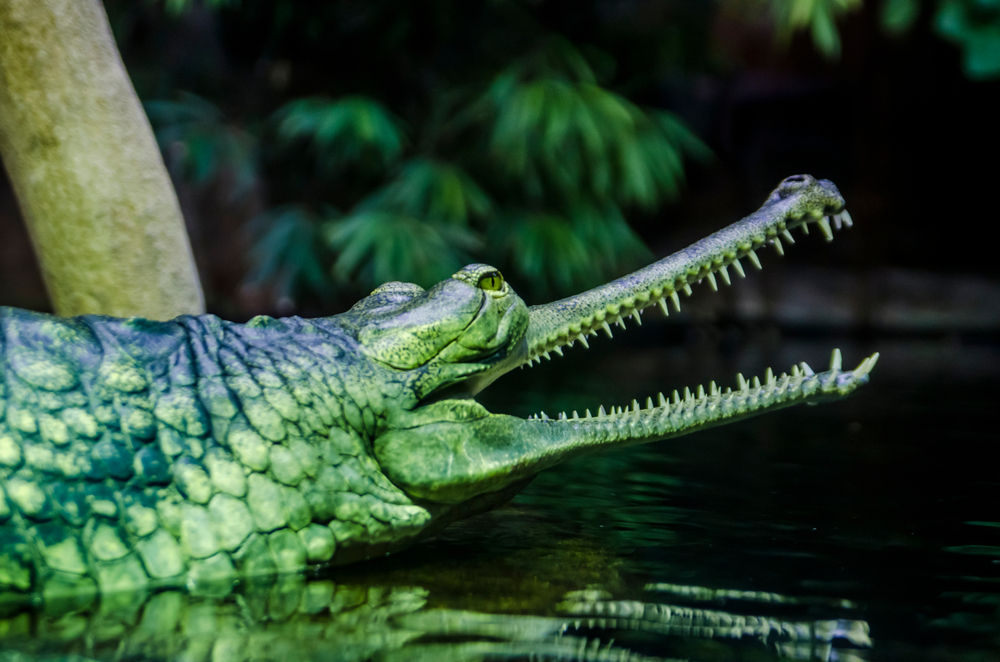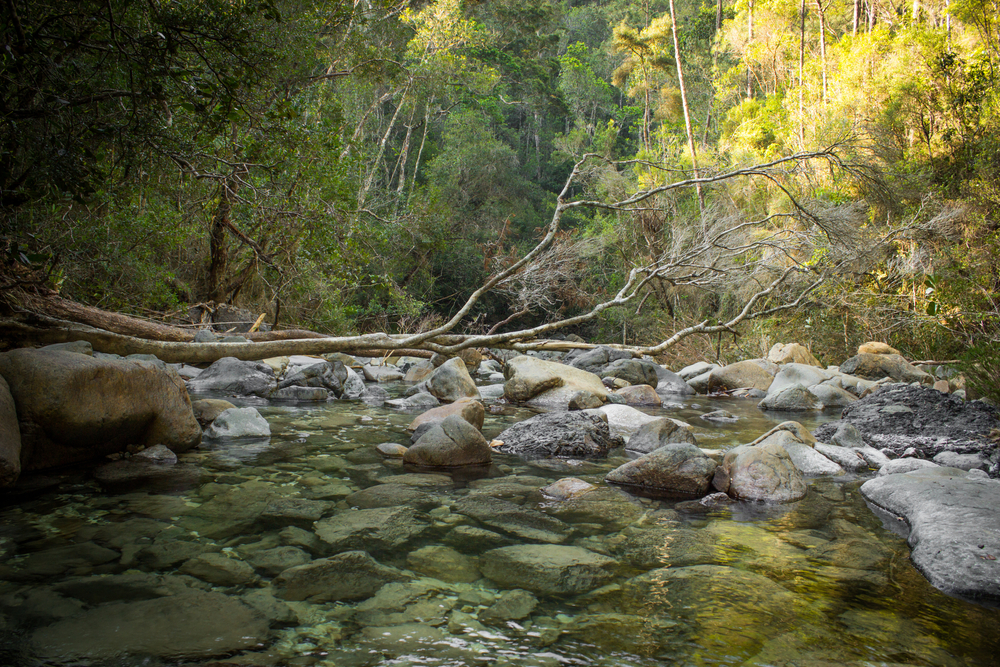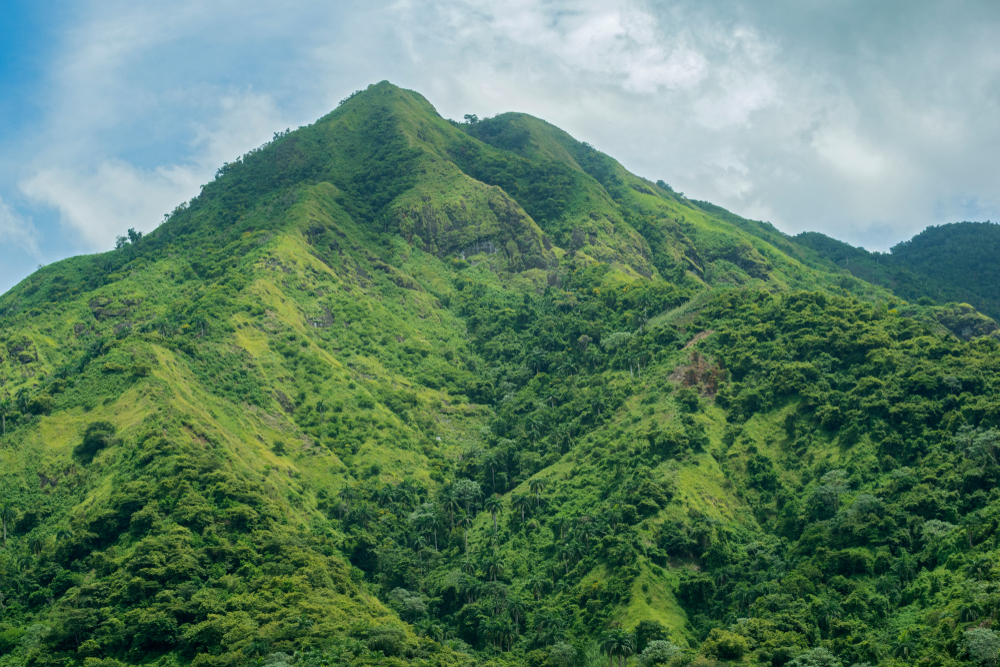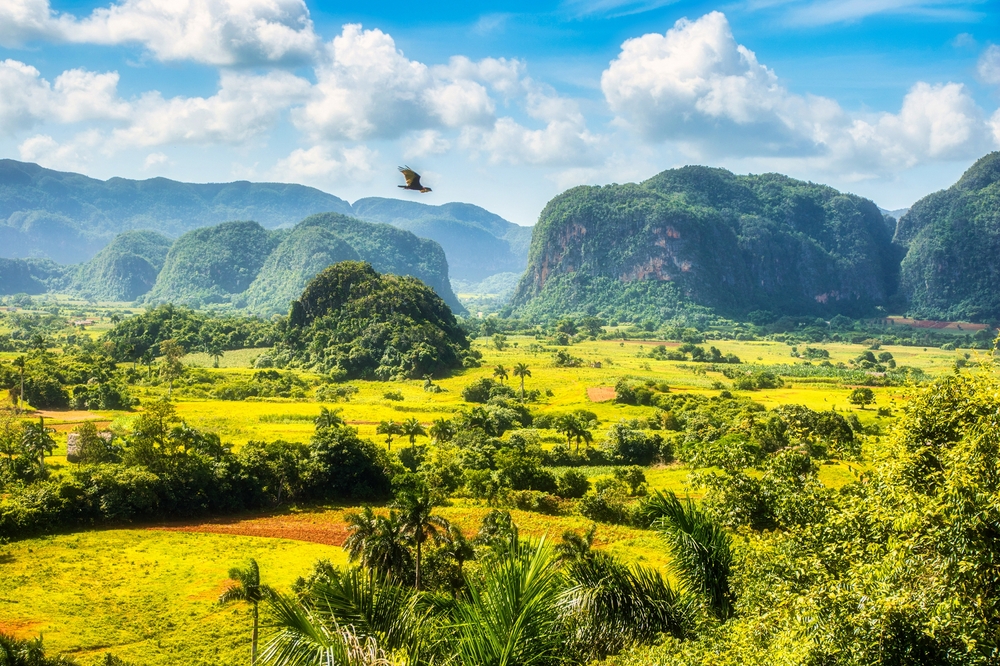Guanahacabibes Overview
Guanahacabibes National Park, known locally as Parque Nacional Guanahacabibes, is located on the westernmost tip of Cuba in the province of Pinar del Río. The park spans approximately 509 square miles (1,320 square kilometers) and is one of the country’s largest protected areas.
It forms part of the larger Guanahacabibes Peninsula, which extends into the Gulf of Mexico and is bordered by the waters of the Caribbean Sea. The park is recognized as a UNESCO Biosphere Reserve due to its ecological importance and the diverse range of species that inhabit its forests, wetlands, and coastal areas.
The terrain of Guanahacabibes National Park is characterized by an array of geological and ecological features. The park consists of limestone plains, coastal dunes, mangroves, and semideciduous forests. The area is also known for its numerous sinkholes, caves, and cenotes, which add to the unique landscape.
The coastal environment is shaped by rocky shorelines, white sandy beaches, and coral reefs, creating a rich and dynamic marine ecosystem. The park features prominent geographic landmarks, including Cabo de San Antonio, the westernmost point of Cuba, and Cueva de las Perlas, a limestone cave known for its geological formations.
Dense forests cover much of the inland areas, dominated by mahogany, cedar, and evergreen species, while coastal vegetation includes sea grapes, mangroves, and resilient shrubs adapted to the saline environment.
Guanahacabibes National Park is home to an impressive array of wildlife, making it a prime destination for nature enthusiasts and researchers. One of its most notable inhabitants is the Cuban crocodile, an endemic species that thrives in the park’s wetlands. The area is also famous for being an important nesting ground for sea turtles, including the loggerhead, hawksbill, and green sea turtles, which lay their eggs along the park’s beaches.
Mammals such as the Cuban hutia, an endemic rodent, and various bat species can also be found in the park. Birdwatchers will find the park particularly rewarding, as it hosts over 170 species of birds, including the Cuban trogon, the bee hummingbird (the world’s smallest bird), and the endangered Cuban ivory-billed woodpecker. Migratory birds use the park as a crucial stopover point, adding to its avian diversity.
Visitors to Guanahacabibes National Park are drawn to its natural beauty, diverse ecosystems, and opportunities for outdoor activities. Snorkeling and scuba diving are popular along the park’s pristine coral reefs, where divers can explore underwater caves, shipwrecks, and a variety of marine species.
The park’s extensive network of trails provides excellent opportunities for hiking and wildlife observation, allowing visitors to experience its forests, wetlands, and coastal landscapes up close. Guided tours offer insight into the park’s biodiversity, history, and conservation efforts.
The beaches of Guanahacabibes, particularly those at María la Gorda, are renowned for their clear waters and soft sands, attracting both relaxation seekers and marine enthusiasts.
Conservation efforts in Guanahacabibes National Park focus on protecting its delicate ecosystems and endangered species. The park faces challenges such as illegal fishing, climate change impacts on coral reefs, and threats to sea turtle populations due to habitat degradation.
However, ongoing conservation initiatives, including sea turtle monitoring programs, sustainable tourism practices, and reforestation efforts, have contributed to the park’s ecological preservation. As one of Cuba’s most important natural reserves, Guanahacabibes remains a model for biodiversity conservation and sustainable management.











































































